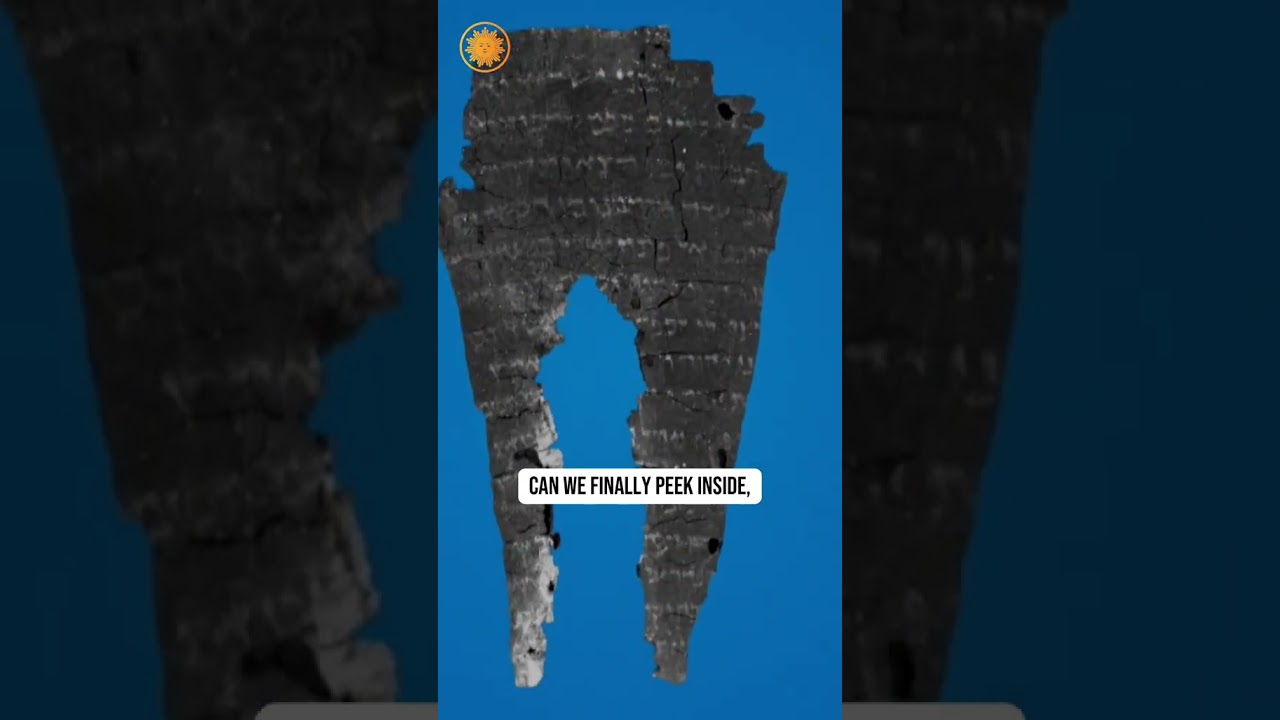AI technology, combined with advanced X-ray scanning, has enabled researchers to virtually unwrap and read fragile, carbonized Roman scrolls from Herculaneum that were previously unreadable. This breakthrough, spurred by the Vesuvius Challenge competition, has unlocked ancient texts and promises to reveal vast new knowledge from the Roman Empire’s lost library.
The story begins with the catastrophic eruption of Mount Vesuvius in 79 AD, which destroyed the ancient Roman towns of Pompeii and Herculaneum. Beneath the surface of a luxurious Roman villa in Herculaneum, archaeologists discovered a rare and invaluable collection of approximately 1,800 papyrus scrolls in the 18th century. This ancient library is unique as it remains largely intact, but the scrolls were carbonized by the volcanic eruption, making them extremely fragile and difficult to read. Early attempts to unroll and decipher these scrolls only resulted in their destruction.
For centuries, the true value of these scrolls was not fully understood, and some were even discarded or burned due to the challenges in handling them. The fragile nature of the carbonized scrolls meant that traditional methods of reading them were ineffective, leaving much of the knowledge contained within lost. However, modern technology has now provided a breakthrough. At the National Library of Naples, scientists have employed advanced techniques involving a particle accelerator in England, which produces extremely bright X-ray-like light to scan the scrolls without damaging them.
Artificial intelligence (AI) played a crucial role in this process by detecting the faint traces of ink on the scrolls, enabling researchers to virtually “unwrap” and read the texts without physically opening them. Despite the AI’s ability to identify the ink, human expertise was still necessary to interpret and translate the ancient writings. To accelerate progress, Professor Brent Seals from the University of Kentucky initiated the Vesuvius Challenge, a global competition with a $700,000 prize pool, encouraging teams to develop innovative AI methods to decode the scrolls.
The competition yielded historic results when three college students successfully extracted words from a virtually unwrapped carbonized scroll, revealing reflections by the ancient philosopher Philodemus. This achievement marked the first time readable text had been recovered from these fragile artifacts, opening the door to further discoveries. With hundreds more scrolls awaiting analysis, the project has entered a second phase, aiming to apply even more advanced AI techniques to unlock new insights from these ancient texts.
Looking ahead, the potential for discovery is immense. The villa where the scrolls were found has not been fully excavated, suggesting that many more books and artifacts may still be buried beneath the surface. Professor Seals envisions this work as a modern Renaissance, a revival of knowledge from antiquity that could transform our understanding of the ancient world. As archaeologists and scientists continue to collaborate, the secrets of the Roman Empire’s lost library may finally be revealed, shedding light on history that has been hidden for nearly two millennia.
